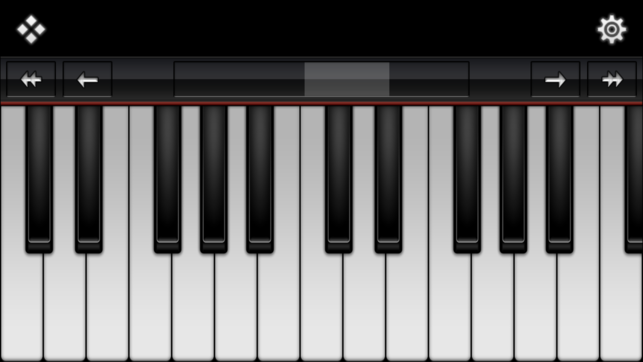Chords
CHORDS
This is the beginning of a series on musical chords, to explain in more detail what chords are and how they are used in music. This is useful in understanding the foundations of music, harmony, and structure.
Chords are a set of pitches (usually three or more) that simultaneously sound together. A basic chord is made up of three notes that are stacked on top of one another by lines and spaces, as seen on the music staff. Because each line on the staff represents a step of a third in sound, a chord is built stacking on lines or spaces of the music staff.
A C chord is built with a C as the bottom note, and the other notes stacked on the lines above:
An F chord is built with an F as the bottom note, and the other notes stacked on the above spaces:
The examples above are written as major chords, where each of the notes written would be notes found in that key’s major scale. In the first example, the C major scale would have the notes C-D-E-F-G-A-B-C. In the second example, the F major scale consists of the notes F-G-A-B flat-C-D-E-F. So you can see that a chord for a certain key is built from notes that are found in their respective scales.
To make a chord minor, you simply flat the second note of the chord, which is the third pitch of the scale. A C minor chord then, would have the notes C-E flat-G:
Musical chords serve as the basic structure for harmonies and foundations of a song, and create mood and emotion for the piece. A major chord gives the song a more happy mood, where a minor chord is usually used to describe sad or scary emotions.
Later I will post more about formation of four-note chords, which are very important to give music more variety and flavor. They are especially useful in jazz music.
And the beat goes on…





You must be logged in to post a comment.